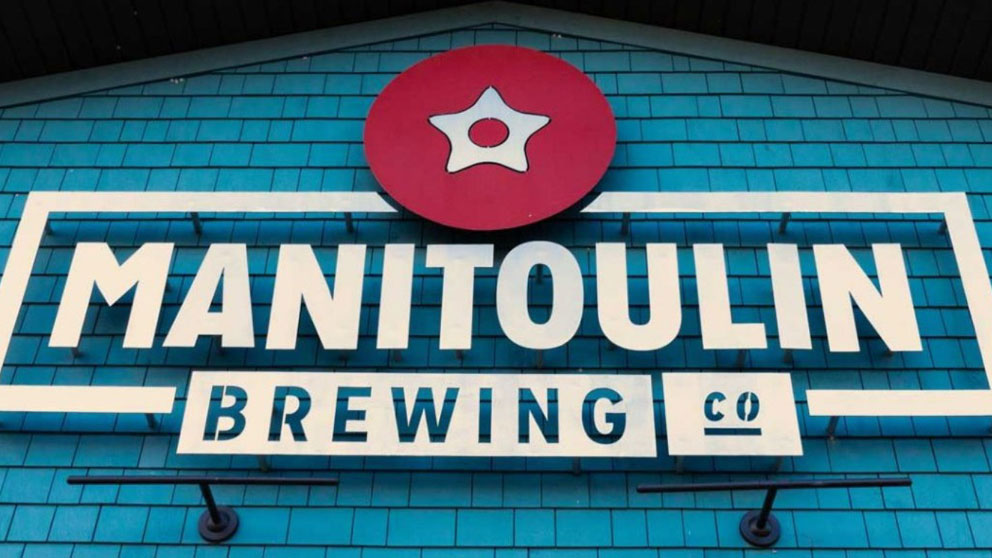5 key pieces to building a successful operational plan

Food and beverage processors must keep track of variables through their strategic plan both inside and outside their sphere of influence. If a strategic plan is an ariel drone photo, then an operational plan is a ground-level smartphone photo.
Build a solid operational plan
Regardless of your business, an operational plan ensures resources, budget and staff are in place to get the job done.
Regardless of business type, operational plans are built to ensure resources, budget and staff are in place to deliver the strategy. These should be reviewed at least once per year, although this exercise can be repeated frequently throughout the year, particularly in downtimes.
There are five major components to focus on in a good operational plan: staying ahead of the curve, marketing and insights, logistics and supply chain management, human resources (HR) and financial limitations.
1. Stay ahead of the curve
After a well-earned break from peak production, it’s time to look at your next year. As always, purposeful preparation positions you and your food processing business to be ready to capitalize on favourable opportunities. By failing to prepare, you may be left short-handed or in a situation where you have limited options.
This could be as straightforward as checking production equipment or as in-depth as timing a given process at your facility and making necessary adjustments for the year ahead.
2. Marketing and insights
There are many resources available for information on consumer markets that can give you a greater insight into the customer buying psyche.
Food and Beverage Canada is Canada’s pre-eminent industry group for the latest news, innovations, policies and industry happenings. FBC is a trusted resource to managers everywhere across Canada. The national organization can connect you to others in your home province or territory for advocacy, greater inter-industry synergy and region-specific business opportunities.
Companies such as Nielsen, Ipsos, Mintel and Nourish offer consumer trend data and insights that can provide valuable information to help guide your business decisions.
Restaurants Canada is the industry-led voice for all foodservice providers in the country. Deeply connected throughout the value chain, RC provides food and beverage processors with a real-time understanding specific to the food service industry.
Look local. Provincial food and beverage associations, food technology centres, test kitchens and product development centres can be a source for support and insights.
3. Logistics and supply chain management
Logistics and the supply chain are where daily work is completed. A strong, coherent plan is a prerequisite to strong logistics and supply chain outcomes as it ties directly to production plans. Once you develop a product flow and storage plan, revisit it for effectiveness. Perform supplier risk-profiling and diversify if needed. Foster multiple supply sources – local and international – and buy ahead with bulk orders whenever possible. The initial cost may be more than buy-as-you-go but having the supplies on hand could pay off eventually.
4. Human resources (HR)
Employees’ sense of pride and ownership sharply increases when they have clearly defined roles that correspond to logical responsibilities. Be clear about facility procedures, protocols and basic employee questions related to performance reviews, check-ins, health and safety and disciplinary processes. While it might be suggested that a small company doesn’t need a thorough HR strategy, it gives employees a greater sense of belonging and is integral to operational goals. It also covers any potential manager or owner blind spots.
Consider enlisting an external HR advisor to review your plan and identify gaps. This is especially valuable if your business has shifted focus or expanded its operational scope.
New to this world? Here are three online HR resources and templates to help:
Read the FCC Knowledge – Managing people & operations business essentials
Business in a Box has templates for many types of HR documentation
BDC offers steps on how to create an HR plan that supports company growth
5. Financial limitations
Whether you’re looking to move into a new facility, purchase a new production line or create another shift and hire 15 additional people, it must be carefully planned to make financial sense. Consult with your financial advisor about calculations on new or used equipment and realistic amortization periods given your company’s cash flow projections.
Similarly, consider personnel costs given the high expense of recruiting, proper training and overall employee investments. A financial controller is a great option to hire. They can provide quick and accurate numbers, which can help you make quick, agile decisions if a business opportunity arises, or you have to pivot unexpectedly.
Keeping your plan alive
If your food and beverage manufacturing business has an operational plan but it’s been static for more than one marketing year, it’s good practice to spend half or a full day reviewing it. Check-in on the goals and evaluate shortfalls or overlooked variables.
Consider operational plan software to assist and visualize the status. Similarly, external trusted business advisors are often a go-to resource because they bring fresh eyes to a situation. Their recommendations can provide new elements to consider as you move forward with operational planning.
Article by: Trevor Bacque

Learn how Indigenous-owned, Manitoulin Island Brewery is innovating and building their brand while connecting to culture and community.

